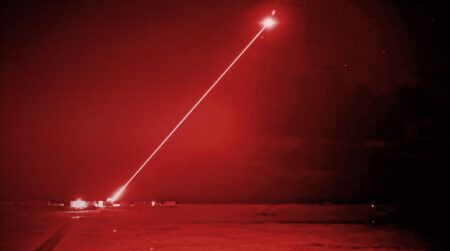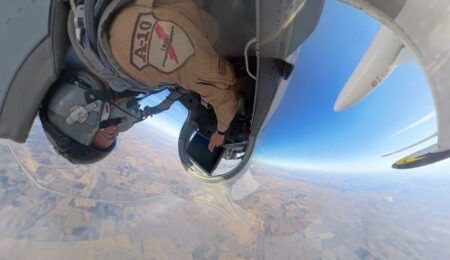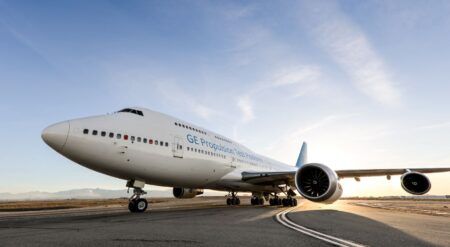Edwards Air Force Base’s 416th Flight Test Squadron recently sent three test pilots and two flight test engineers to Holloman Air Force Base in New Mexico to participate in the Air Force’s Light Attack Experiment.
Earlier this year, the Air Force established vendor parameters in the initial invitation-to-participate in its Light Attack Experiment. Private industry members were asked to propose aircraft that could potentially meet an Air Force need for a low-cost attack capability that is supportable and sustainable.
During the first week of the experimental flights in August, US Air Force pilots flew basic surface attack missions in Textron Aviation’s AT-6 Wolverine turboprop, as well as in Sierra Nevada Corp. and Embraer’s A-29 Super Tucano.
Scenarios during the experiment were designed to highlight aspects of various combat missions such as close air support, air interdiction, combat search and rescue, and strike coordination and reconnaissance, according to the Air Force. The experiment included the use of weapons generally used on fighter and attack aircraft to evaluate the participating aircraft’s ability to execute traditional counter-land missions.
“416th pilots were selected based on the desire to have test pilots evaluate handling qualities, performance, and pilot-vehicle interface characteristics of the experiment aircraft,” said Maj. Ryan Fancher, 416th FLTS assistant director of operations.
“This evaluation was completed in conjunction with separate flights by operational test pilots to get a fairly comprehensive look at the aircrafts’ capabilities and mission suitability.”
A third test pilot from the 416th FLTS also flew an Air Tractor Inc. and L3 Platform Integration Division AT-802L Longsword at Holloman.
“After the experiment sortie, each pilot submitted a pilot report and a separate survey in order to capture pertinent handling qualities, performance and (pilot-vehicle interface) aspects of the aircraft,” Fancher said. Other Air Force pilots also completed familiarization flights in Textron Aviation’s Scorpion twin-engine jet.
Pilots will continue to fly the four aircraft through a range of combat mission scenarios during the live-fly experiment to evaluate each platform’s military utility. The live-fly experiment is part of a broader Air Force effort to explore cost-effective attack platform options under the Light Attack Experimentation Campaign run by the Air Force Strategic Development Planning and Experimentation Office at Wright-Patterson Air Force Base, Ohio.
September 6,2017




